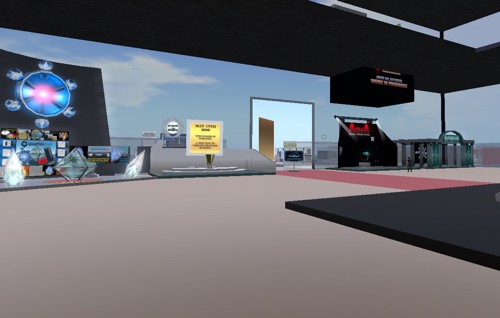To coincide with their latest vBusiness Expo, Clever Zebra have released two white papers – available at no cost.

The first is The Essential 7 Point Quick Start for Meetings Professionals, the other is Going Virtual: A Three Point Success Plan for Business.
To get copies, click on the incorrectly titled ‘Download your copy now’ links at this page – you’ll then need to enter your name and email address and then wait a day or so to be emailed the documents. That said, I did get my copies within an hour or so.
The documents themselves are aimed squarely at businesses not yet fully engaged with virtual worlds, and in that context these are quite useful and simple to read. For the more informed there are some contentious statements made. An example:
A Virtual World does not have rules, quests, or any kind of narrative associated with it.
World of Warcraft is not a Virtual World.
That’s one narrow view of virtual worlds – albeit one that will appeal to larger businesses who will have a natural aversion to gaming-based scenarios. Credit where credit’s due though, Clever Zebra don’t beat about the bush about Second Life’s stability issues:
Second Life is notoriously unstable, and regularly crashes, or limps along with limited
inworld services as the system experiences peak loads.
Overall, these two documents are worthy additions to the growing free body of knowledge for business in virtual worlds.






Recent Comments